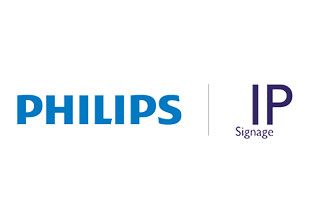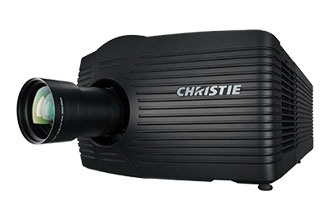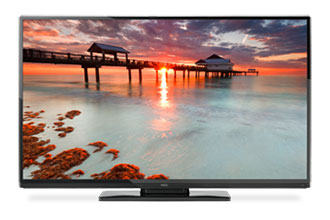
Philips showed at InfoComm a new series of IP-addressable LED displays for digital signage called the QL series.
The idea behind these displays is basically to remove the signage player from the equation, taking the model of consumer content distribution technology (such as Apple TV, Google TV, etc.) and applying it to “IP signage.” Integrators can still use any kind of digital signage software they want, which lives on and is controlled by a computer, and is then pushed to individual displays that have their own IP addresses.
It works via the Internet, or closed Intranet. Philips demo’d the displays at InfoComm using its own Intranet.
Watch Video of QL series at InfoComm










